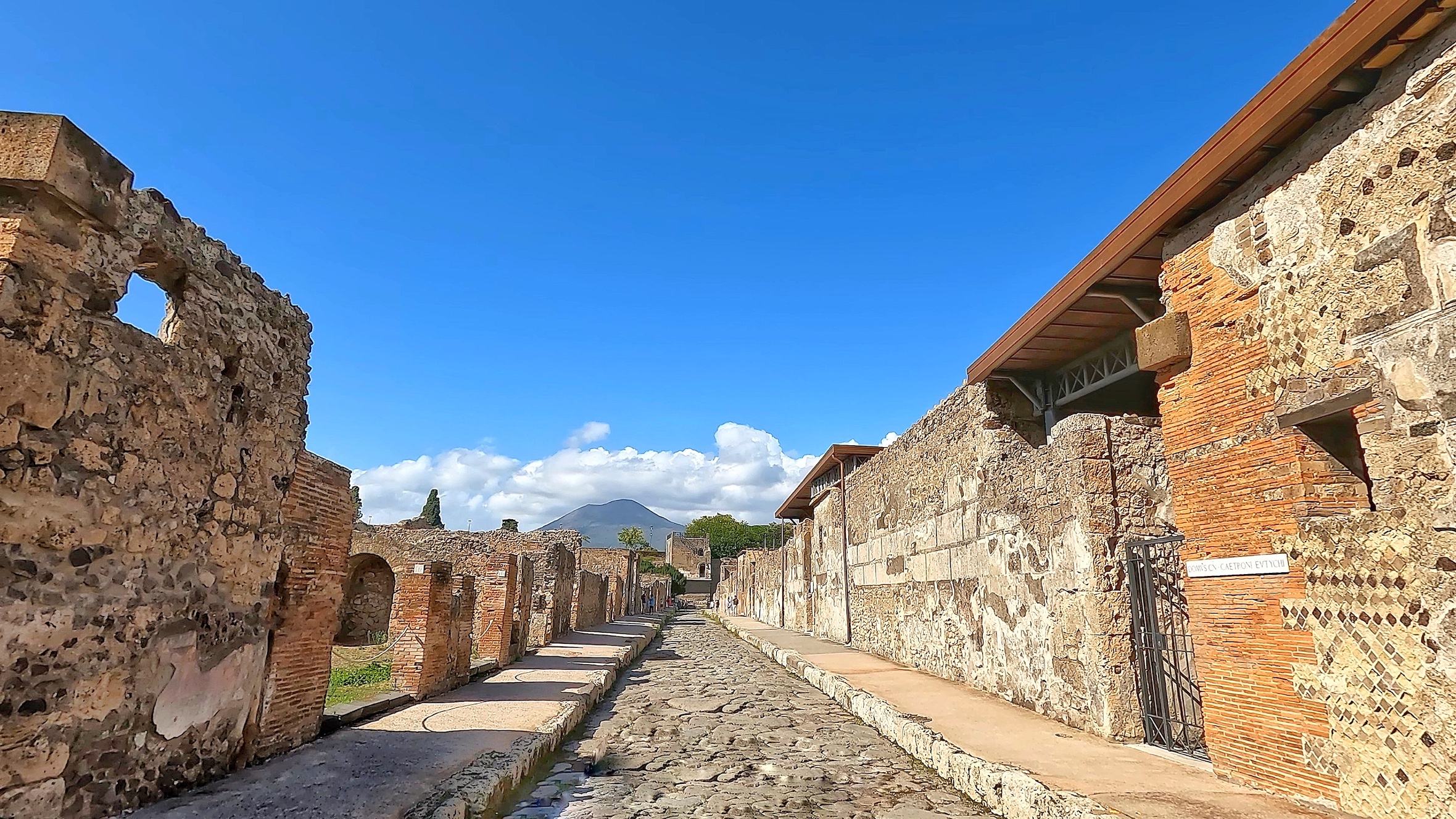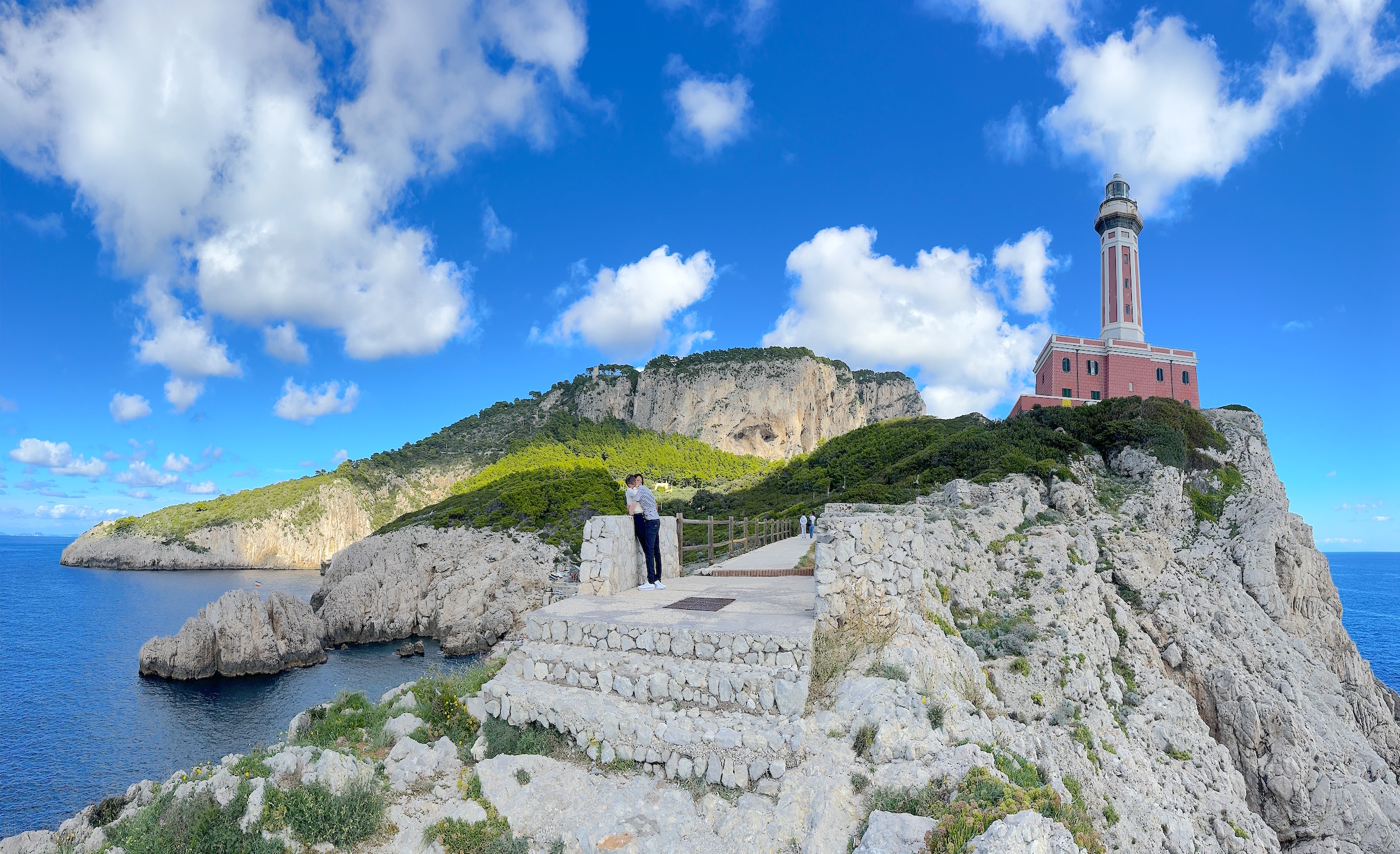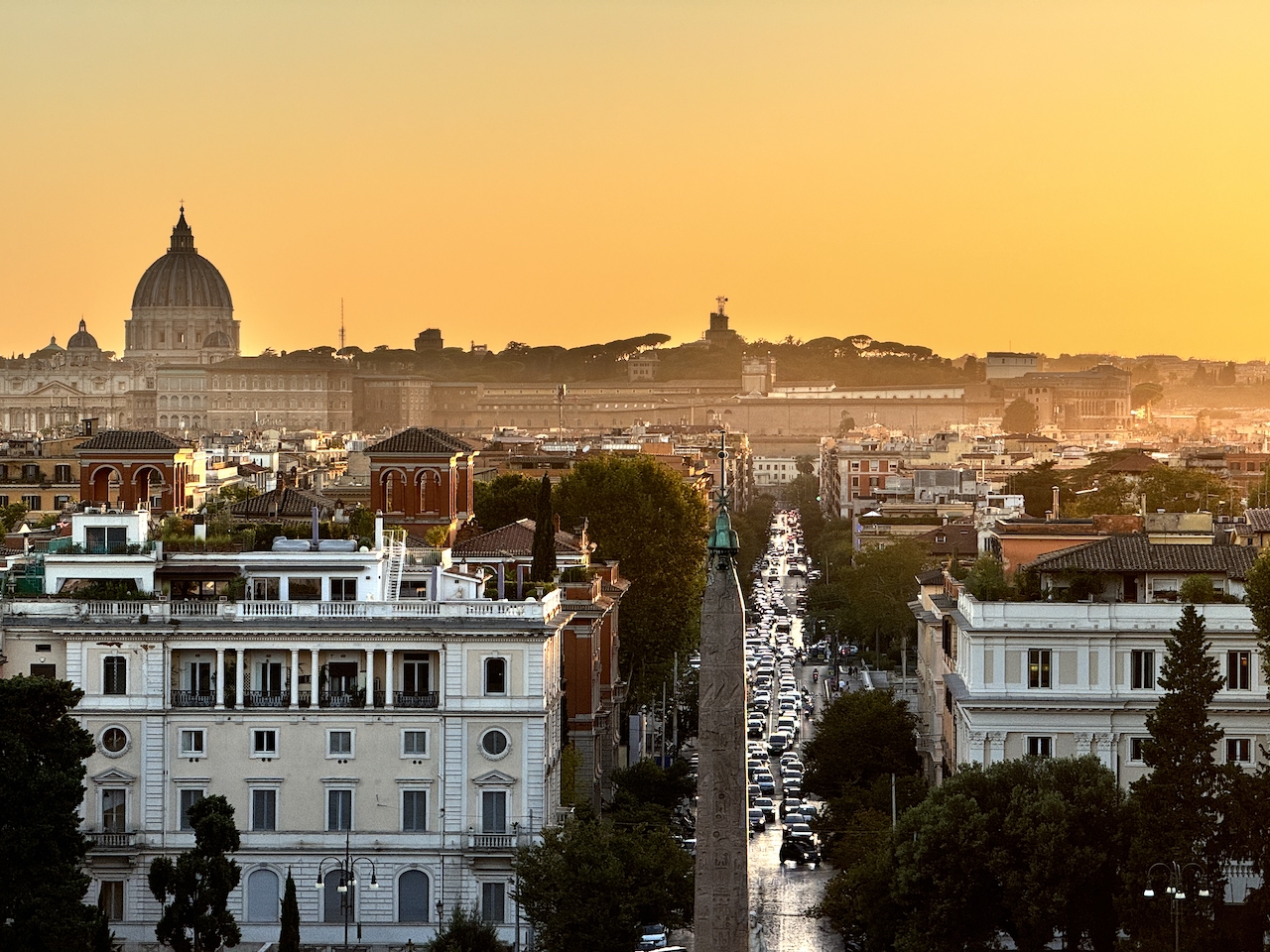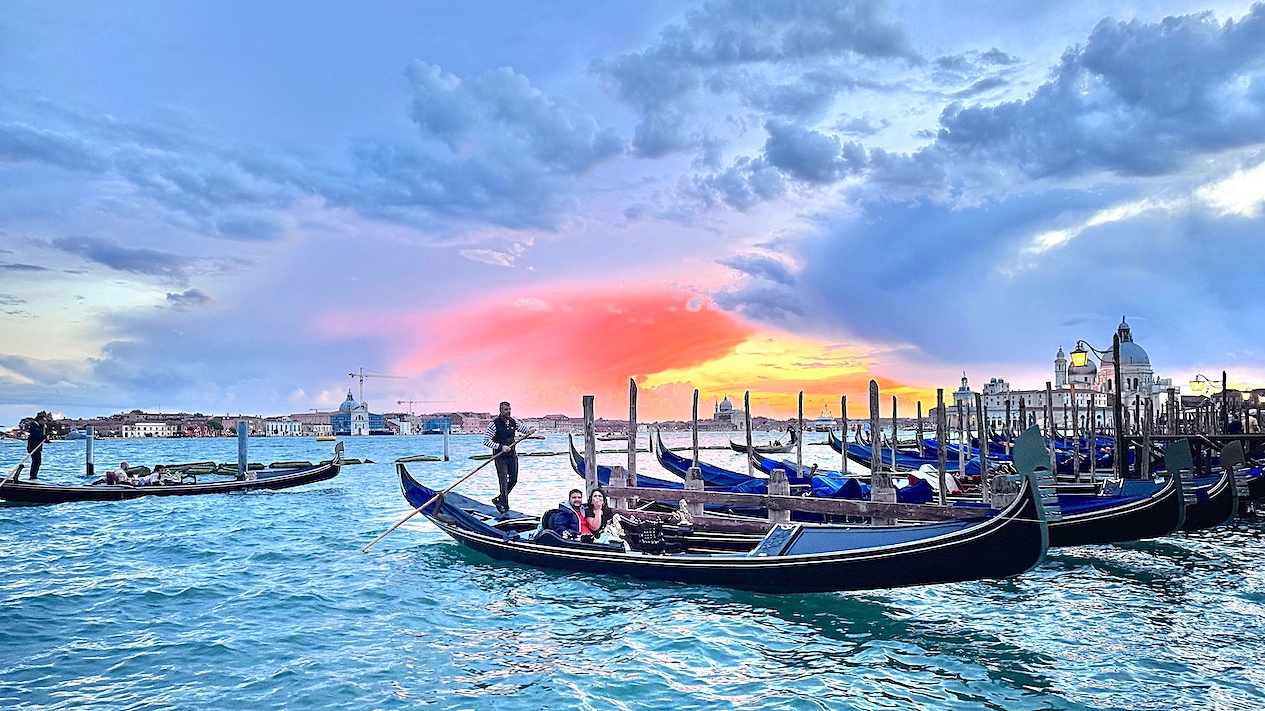As we stepped off the plane in Ljubljana, Slovenia’s capital city, our weariness from overnight travel gave way to excitement and anticipation. We thoroughly researched this charming little city with a river running through it after reading Rick Steves’ Croatia & Slovenia travel guidebook. Admittedly, Slovenia wasn’t even on our radar until after we started reading the guidebook. We got it because we booked a Croatia trip with a tour group and wanted to learn more about that country. Slovenia became more intriguing and inviting after we started discovering the country’s natural beauty, history, and culture. We just had to see it for ourselves, so we booked an Airbnb apartment for 9 nights in Ljubljana before our Croatia tour and ventured out from there to see the rest of Slovenia. Since the country is small, Ljubljana made sense as our home base.




Click A Photo To View Slide Show
I reserved an airport transfer in advance with Slovenia’s GoOpti, a ride share similar to Uber and Lyft. As we drove into the city, I was immediately struck by its beauty. The streets were lined with colorful buildings, and there was a sense of history and tradition in the air. We soon arrived at our Airbnb apartment, a quaint little place in the heart of the old town, with a second story view of a narrow cobblestone street lined with boutique shops, cafes, a bakery, and some of Ljubljana’s most popular restaurants. All of it, including a wonderful little gelato shop next door, just steps from our front door.



Click A Photo To View Slide Show
We explored old town Ljubljana on our first full day. It has a lively, vibrant atmosphere. There’s a pedestrian friendly promenade with restricted vehicle use, yet you have to beware of bicyclists weaving through. They come up on you very quickly. The Ljubljanica River runs through the center of old town, much like the Seine River in Paris. I like to call Ljubljana my little Paris, but quieter and less congested. River boats cruise up and down the Ljubljanica and are a popular, scenic, and relaxing way to experience the city. I loved the hour or so cruise on a bright, cool weekend spring morning watching people stroll along the promenade, or relaxing sipping coffee at the numerous outdoor cafes. You’ll often see paddle boarders and kayakers. The river’s water quality is superb and crystal clear. Ljubljana prides itself as having some of the best water in the world, drinkable from numerous city fountains, and has been recognized internationally for its environmental stewardship.
Our first stop was the tourist information office located in the center of town next to the wonderful Triple Bridge, a picturesque structure over the Ljubljanica River designed by the Slovenian architect Jože Plečnik, whose baroque-style designs are everywhere in this city– from bridges, the Central Market, and public spaces and parks, to iconic buildings. For instance, in his design of the library at the University of Ljubljana, the exterior windows are shaped like book shelves. The Triple Bridge is exactly what its name says: Three pedestrian bridges connected together, creating an aesthetically pleasing and symmetrical structure. The bridge’s elegant design, with its distinctive balustrades and stone pillars, has made it a recognizable symbol of Ljubljana’s architectural heritage.
We got the lay-of-the-land, so to speak, of Ljubljana by joining an official tourist information tour group. Our guide led a small group around the city, describing Ljubljana’s culture, art, and history, and its significant leaders in each area. The tour began in Prešeren Square, next to the Triple Bridge, located in the heart of Ljubljana’s historic city center. The square is a natural gathering place and a focal point for locals and tourists alike.


Click A Photo To View Full
Prešeren Square is named after France Prešeren, Slovenia’s greatest poet. The square features a statue of him. Prešeren is a national symbol of Slovenian literature and culture, and the square serves as a tribute to his legacy. The eye popping pastel pink Franciscan Church of the Annunciation adds to the square’s cultural and historical significance, with its Baroque architectural style. It was originally built in the 17th century.

One of the highlights of the tour was visiting Ljubljana Castle. The castle offers stunning views of the city, and you can spend hours exploring its many nooks and crannies. Ljubljana Castle is prominently situated on a hill overlooking the old town. Its imposing presence is visible from various parts of Ljubljana, and it has become a recognizable symbol representing the city’s heritage, culture, and identity. The Ljubljana Castle Funicular, a cable railway that operates between the old town and the castle, is a convenient scenic way to reach the top if you prefer not to walk. From the top of the castle, you get a breathtaking view of the city with the magnificent Julian Alps on the horizon.


The castle dates back to the 11th century and served various purposes throughout the centuries, including as a defensive fortress, a royal residence, and a prison. It was also home, according to local folklore, to the Dragon of Ljubljana, a mythical creature that lived beneath the castle and terrorized the city until it was defeated by a group of young crusaders. Ljubljana embraces its dragon mystique with zeal. The city’s official mascot, Ljubo, is the centerpiece of Ljubljana’s tourist marketing, and you’ll find plush dragon stuffed toys and other souvenirs around the city. Dragons symbolize strength, protection, and the city’s connection with ancient legends. The mythical creatures can be seen in sculptures, art, and various aspects of daily life, such as in the Dragon Bridge, a popular spot for a photo opportunity.





Click A Photo To View Slide Show
If you’re a “foodie” like us, you’ll appreciate the diverse menus and exciting choices at the various restaurants and cafes. Traditional Slovenian cuisine varies depending on the region of influence. For instance, western Slovenia borders Italy, so pasta, risotto, pizza, prosciutto, and seafood are menu mainstays. The north-central portion along Austria’s border has its German meat and sausage, pork, sauerkraut, potatoes, and strudel dishes that are popular with Slovenians. Then there’s Hungary to the east and Croatia in the south bringing goulash, paprikas, shellfish and wine to the table. Slovenia also has a thriving wine region and beer industry, plus uses fresh farm-to-table local ingredients. Ljubljana’s Central Market is a bustling place for residents and restaurants to source local produce, meats, cheeses, honey, spices, and more.
Ljubljana Food Gallery












Ljubljana is a city that encourages you to embrace the moment, and soak in the beauty that surrounds you. A reminder that sometimes the greatest escape lies in discovering the wonders of a European city that is still off the well-worn path of travel tourism.
Ljubljana Night Gallery
Click A Photo To View Slide Show







All Photos & Videos By Steve and Susan Geiger






Looking at your trip to Ljubljana, Slovenia brought beautiful memories of my trip 3 years ago.
Enjoy the rest of your trip and looking forward to seeing more of Slovenia…)
Carsan
Thanks Carsan!